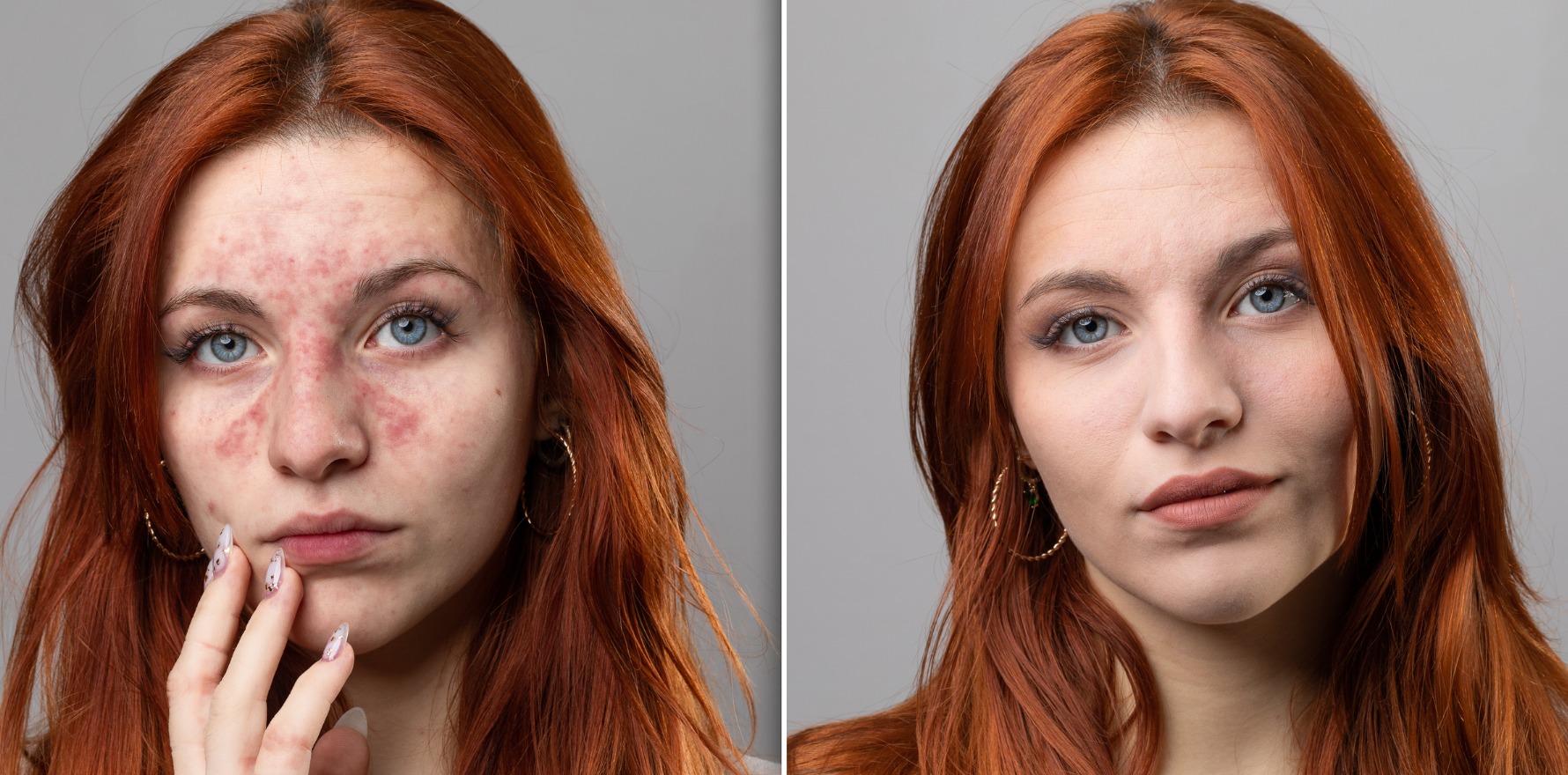
Cutting antibiotics may reduce the chance of antimicrobial resistance, while also lowering side effects and costs for patients.
Low-dose minocycline hydrochloride beats doxycycline for treating moderate to severe rosacea, according to two new phase 3 trials.
Amid concerns about antibiotic resistance, these findings support the idea that lower doses can be effective, while also being better, safer, simpler easier and cheaper, said West Australian dermatologist Clinical Associate Professor Kurt Gebauer OAM, who was not involved in the studies.
The double-blind randomised controlled trials found that the formulation, known as DFD-29, was more successful and reduced inflammatory lesions compared to both doxycycline and placebo. It includes 10mg immediate-release and 30mg extended-release minocycline.
“The results of these placebo-controlled randomised clinical trials demonstrate that DFD-29 is efficacious and provides significantly superior outcomes in rosacea compared with placebo and doxycycline with comparable adverse events,” the authors wrote in JAMA Dermatology.
“These results indicate that DFD-29, 40mg, may be an appropriate treatment option for the systemic treatment of rosacea.”
The 653 adults were recruited across 61 centres in the US and Germany and randomly assigned to receive 40mg of DFD-29, 40mg doxycycline or placebo once daily for 16 weeks. The two studies were called MVOR-1 and MVOR-2.
In MVOR-1, two in three patients in the DFD-29 group reached Investigator’s Global Assessment (IGA) treatment success, compared to just under half of the doxycycline group and around one in three patients in the placebo group.
In MVOR-2, 60% of the DFD-29 group reached IGA success, compared with 31% of the doxycycline group and 27% of the placebo group.
DFD-29 reduced lesion count by 6.8 to 9.2 lesions compared with placebo and 3.5 to 4.7 lesions compared with doxycycline.
The new approach also significantly improved outcomes on the five-point Clinician’s Erythema Assessment scale compared to placebo. The DFD-29 group achieved at least a two-grade reduction in baseline score in 32% and 25% of cases in both studies, compared to 14% and 12% of the placebo group.
The researchers found that the most common side effects, nasopharyngitis and covid, were similar between groups. There were no notable differences between groups in treatment emergent adverse events, vital signs or laboratory tests, they said.
Dermatologist Professor Rod Sinclair, professor of medicine at the University of Melbourne, welcomed the positive findings: “We might start to see this drug emerging as an approved treatment in a number of countries.”
Professor Sinclair said that while it was reassuring to see no significant side effects, “it took many years to identify some of those rare side effects that made minocycline unpopular”. These included drug-induced lupus or hepatotoxicity.
Europeans have been using low-dose tetracycline for rosacea for “a very long time” and Australian experts often now recommended lower doses than the typical 50mg and 100mg formulations and over a longer duration, Professor Gebauer added.
Patients often declined antibiotic treatment, he added, citing issues such as gastrointestinal upset, so there was a strong push to reduce the dose, frequency and volume of antibiotics.
“Whether using 40mg instead of 100mg is going to really make a difference to antibiotic resistance is questionable, but as a concept, less antibiotics = less trouble.”




